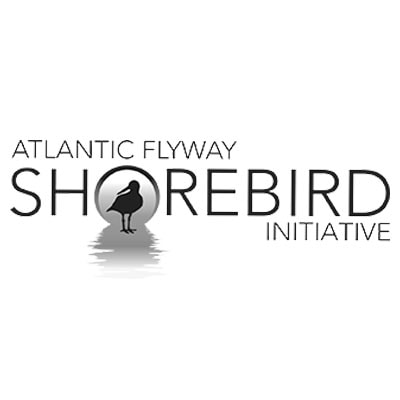Commitment
Commitment is the act of agreeing to a request. Research shows that people who commit to an action are more likely to engage in that behavior in the future due to the innate desire to appear trustworthy and to follow through with the personal norms people establish for themselves. Here, we highlight the use of pledges, where people can formally commit to engaging in shorebird-friendly behaviors. Keep in mind that commitment strategies can be labor-intensive, since they often need to have folks monitoring the banner or recruiting people to commit to the act.

Guidelines for Using Commitment as a Strategy:
- Prioritize written over verbal commitments
- Ask permission to make commitments public
- Actively involve the person in shorebird-friendly behaviors or conservation actions
- Consider cost-effective ways to obtain commitments, such as recruiting existing volunteer groups to collect pledges
- Combine commitment with other behavior change strategies, like incentives or norms
- Help people view themselves as environmentally concerned and supportive of conservation efforts
- Avoid using coercion and acknowledge that commitment must be voluntarily and freely obtained
Why is Commitment a Good Strategy to Use at My Site?
When individuals agree to do a small request, it can change the way that they perceive themselves and the attitudes they have. Agreeing to do a small request can lead people to agree to do larger ones in the future due to the internal pressures–or norms–that people have that will them to act consistently with their new attitudes and perceptions.
This is a great strategy to use when members of your target audience have expressed interest in shorebirds or engaging in shorebird-friendly behavior. Commitment is a voluntary act, and it will not succeed if people feel pressured to commit.
Studies show that written commitments appear to be more effective than verbal commitments. Making these commitments public can significantly enhance the adoption of sustainable behaviors.
Commitment in Action

Protecting Wildlife Beaches for Coastal Wildlife
Implementers at St. Simons Island created a pledge to protect wildlife beaches by asking visitors to commit to a variety of shorebird-friendly behaviors, including leashing their dogs and keeping dogs out of nesting areas. Staff gave visitors the opportunity to learn more about the pledge and choose to sign it at their “Wildlife Beaches and Leashes” communication event. By combining strategies, collecting signatures for the pledge became less labor-intensive. Further, the audience attending the event already had an interest in shorebirds, increasing their likelihood to engage in shorebird-friendly behaviors and serve as champions in the dog walking community.
Protecting Wildlife Beaches for Coastal Wildlife
Implementers in Connecticut optimized the Audubon “Be a Good Egg” pledge by asking visitors to share the shore and commit to a variety of shorebird-friendly behaviors. To collect signatures, staff designed an informative brochure including a tide chart, infographics that demonstrated desired behaviors, and QR codes to sign the pledge. They handed these out at tabling events to teach visitors about shorebirds, disturbance, and the pledge to share the shore with nesting and resting birds.






